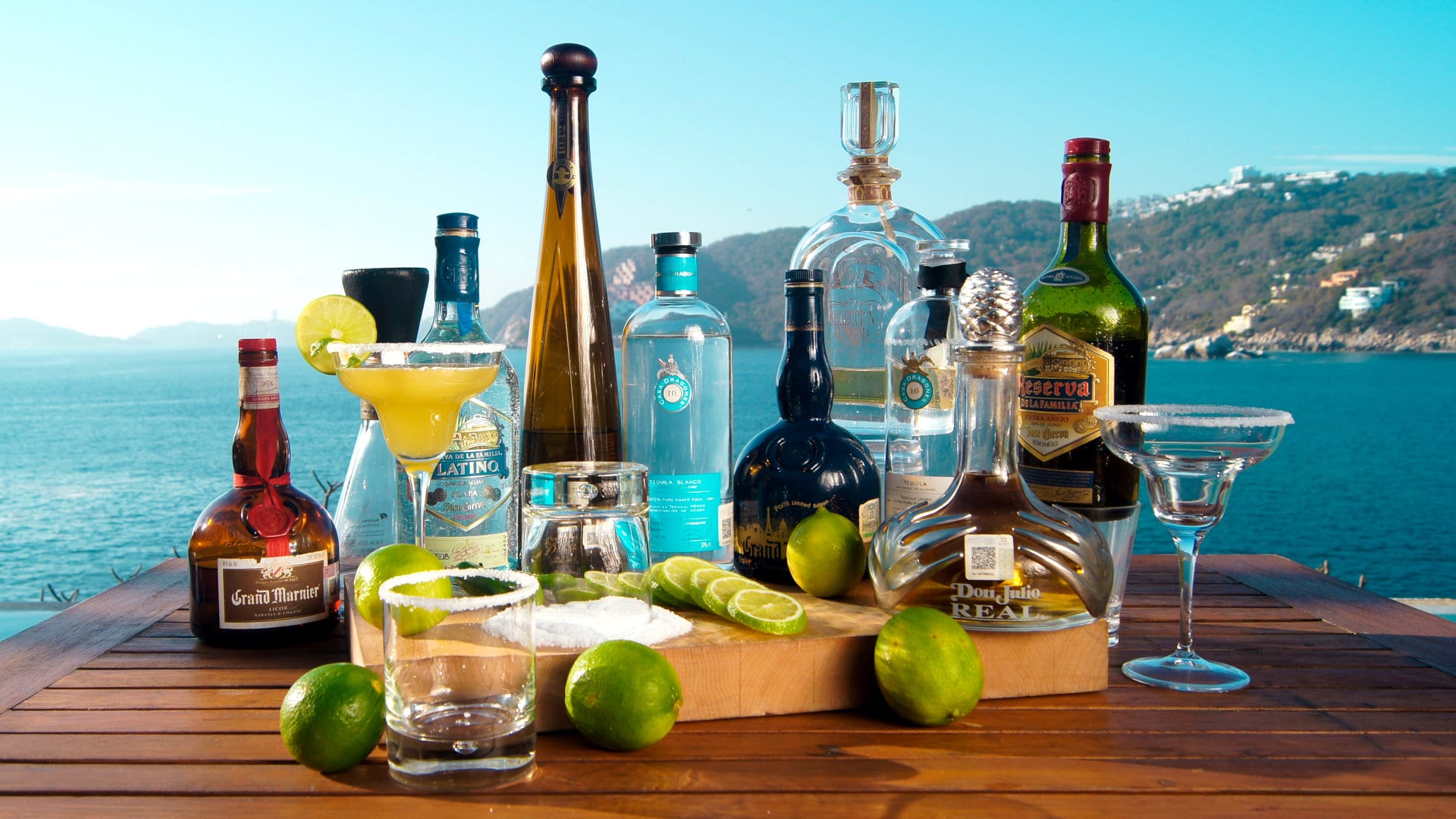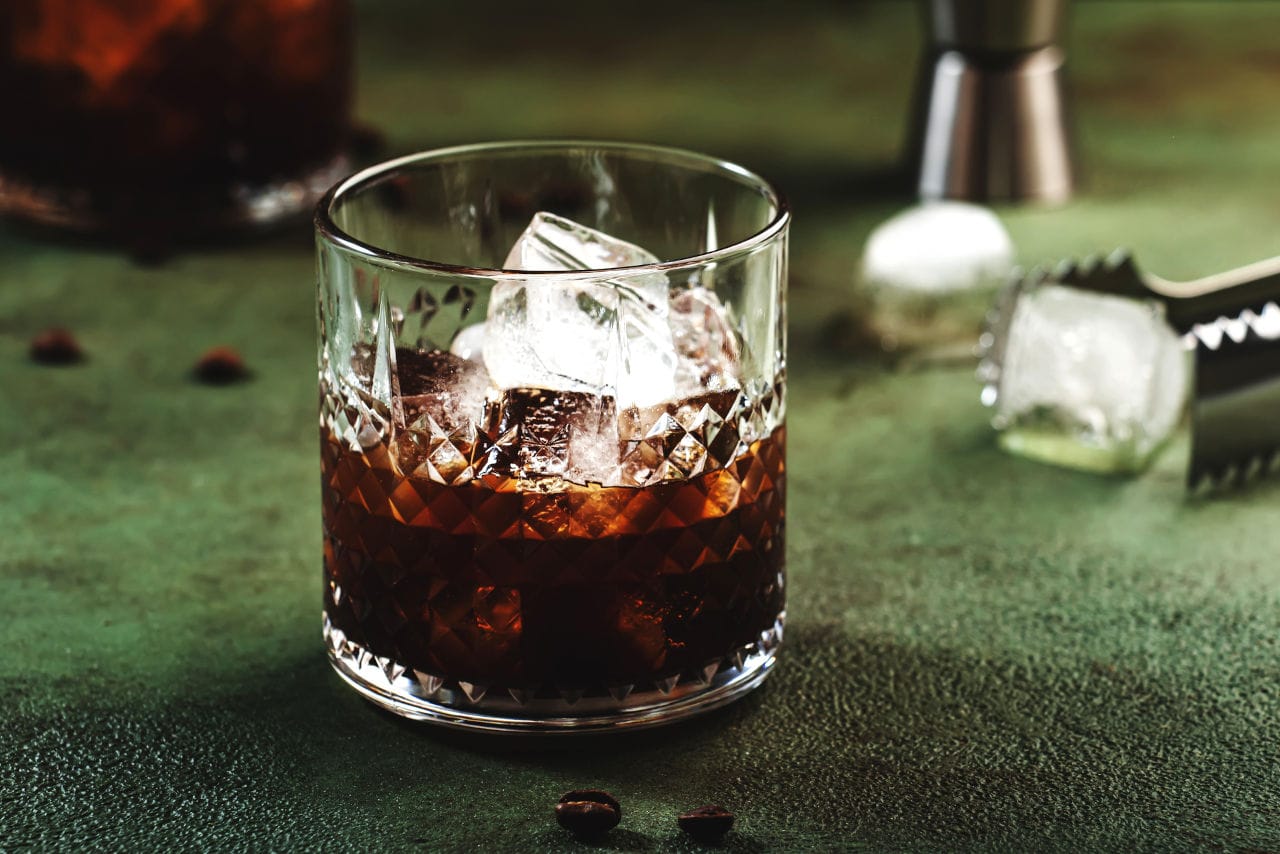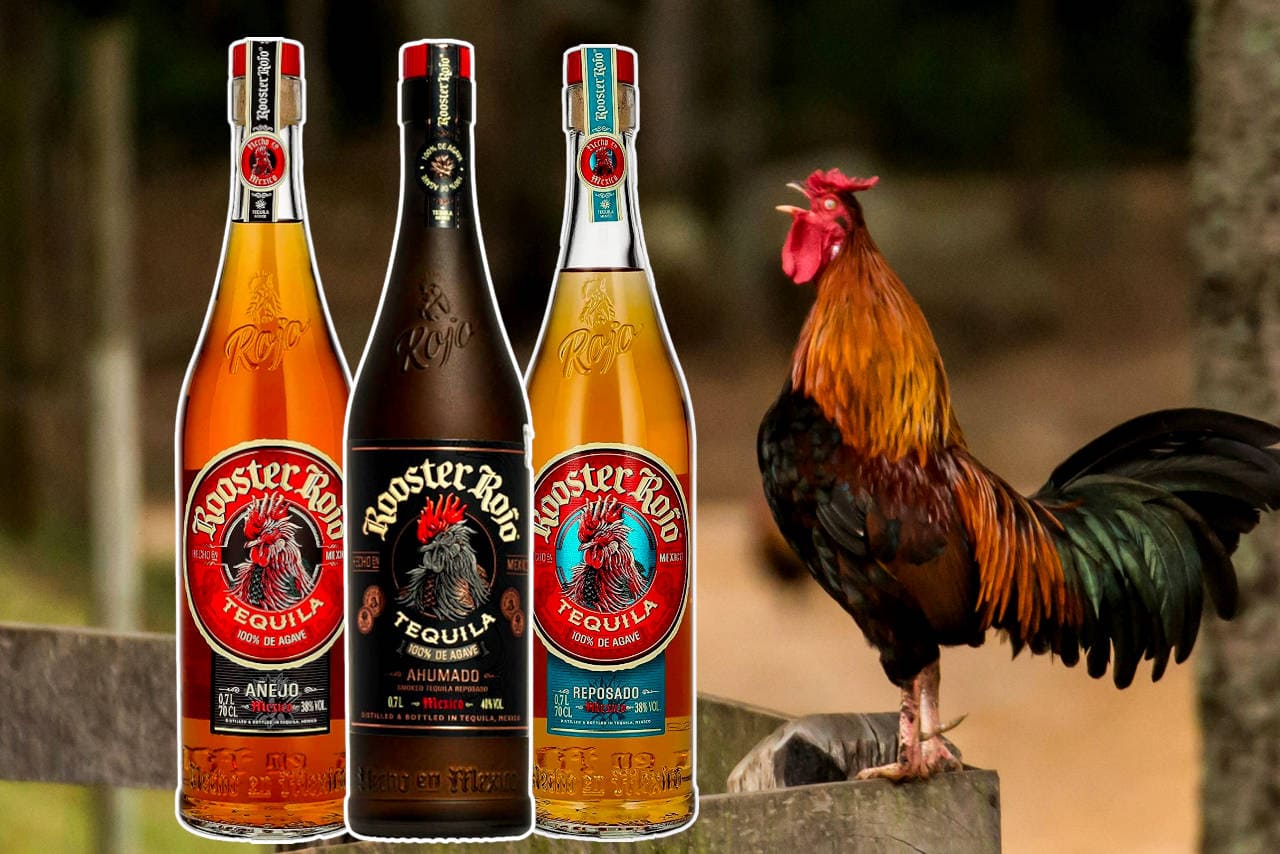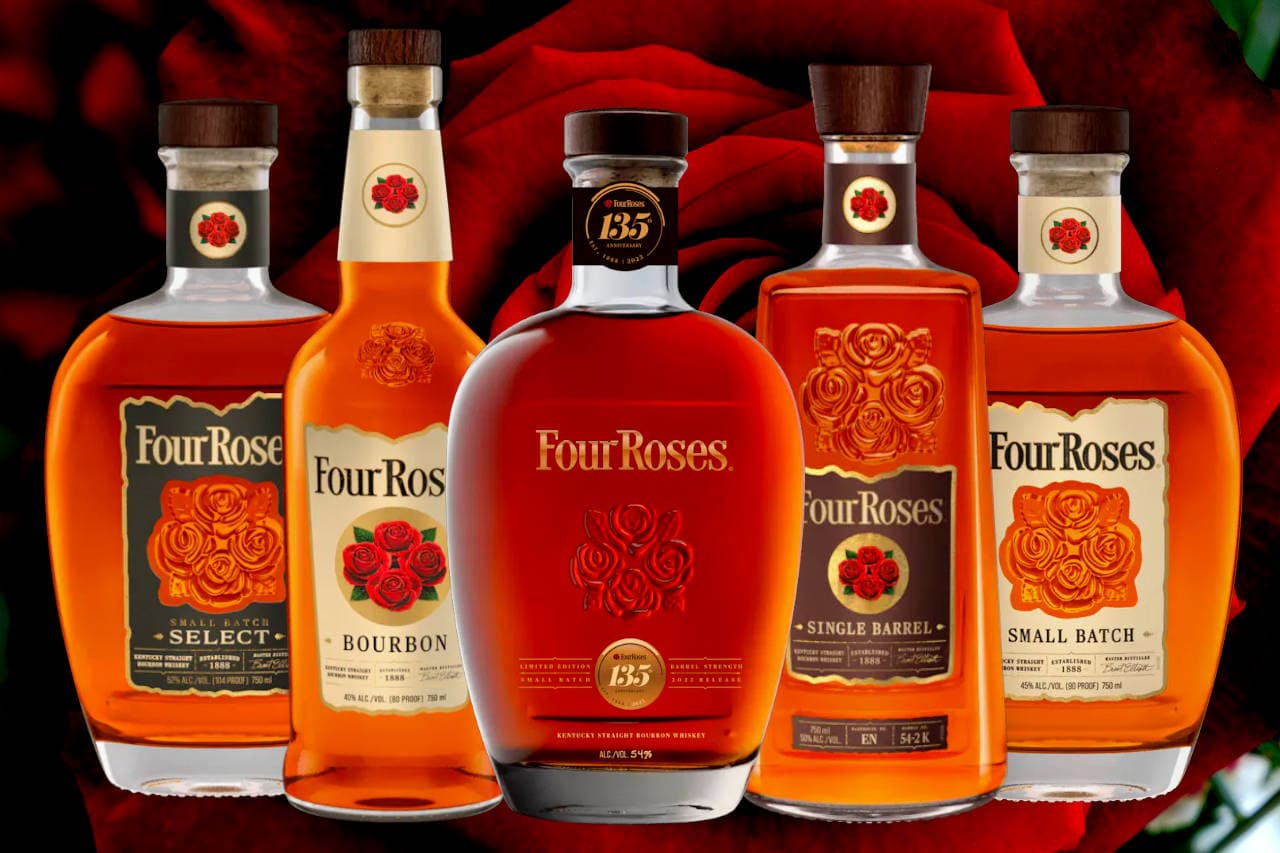Absinthe, often dubbed the “Green Fairy,” is a spirit shrouded in controversy and allure. Its vivid emerald hue, complex flavour profile, and storied past tempt me like a moth to the flame!
No other drink I am aware of has the reputation and mystique as the history of absinthe, from the belief that it causes hallucinations to the still widespread notion that it is illegal.
What does absinthe taste like? The most pronounced flavour of absinthe is black anise, with a noticeable bitterness from the wormwood and a highly potent after-kick due to the high ABV content.

History Of Absinthe

From bohemian Paris to bans and revivals, the history of absinthe is as intoxicating and complex as its green hue and bitter-sweet flavour.
Absinthe Swiss Origins
Absinthe and its origins can be traced back to the late 18th century in the Val-de-Travers region of Switzerland. Initially, it was crafted as an elixir and used for medicinal purposes.
I found that Dr. Pierre Ordinaire, a French doctor living in Switzerland, is often credited with its creation. He used it to remedy various ailments, from digestive issues to anaemia.
Rise Of Absinthe In France

Did you know the French were involved in the rise of absinthe? More incredibly, the French troops were given absinthe as a malaria preventative during their campaigns in Algeria in the 1840s. Lucky troops!
When the soldiers returned home, they brought with them a taste for this unique spirit. By the 1860s, 5 p.m. became known as “l’heure verte” or “the green hour,” signalling the time to indulge in absinthe.
Also read: 7 Incredible Facts About Absinthe “The Green Fairy”
With its bustling cafés and bohemian lifestyle, Paris became the epicentre of the absinthe craze. Artists, writers, and intellectuals were particularly drawn to the drink.
Famous figures like Vincent van Gogh, Oscar Wilde, and Ernest Hemingway were known to be avid absinthe drinkers. It was believed to stimulate creativity and became synonymous with the avant-garde culture of the time.
The Absinthe Ritual
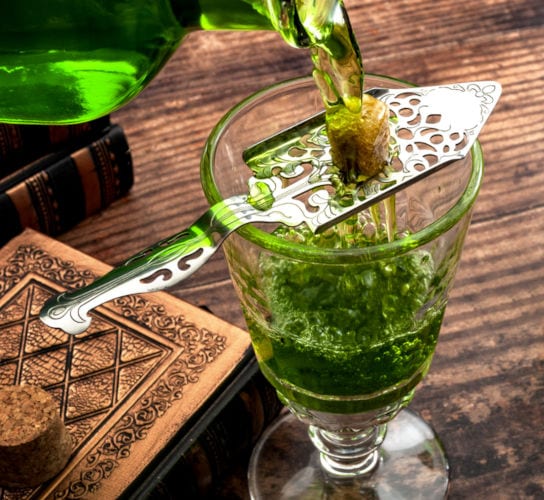
The traditional way to drink absinthe is via the famous absinthe ritual, which results in a phenomenon known as the louche.
To perform the ritual, you need absinthe glass, spoon, absinthe, a lump of sugar, and ice water in a container that can dispense controlled amounts (a carafe if you have a steady hand, a fountain at absinthe bars).
Pour an ounce of absinthe into the reservoir at the base of the absinthe glass. If you cannot get an absinthe glass, a short, stemmed glass will do.
Lay the absinthe spoon across the glass so that the slots in the spoon are over the mouth. A fork will do in a pinch. Put a sugar cube on the slots, and drip ice water onto the sugar so it dissolves into the absinthe in the glass.
Continue dripping water until you have added three to five ounces of water (to the one-ounce absinthe). As you drip the water on, whatever your tool for doing so, the absinthe will louche or turn from a clear green (or colourless) spirit to a distinctive opalescent milky glow.
Louching happens because the addition of water lowers the percentage of alcohol. As the essential oils in the high-proof spirit come out of the solution to some degree, they form an emulsion, somewhat like a salad dressing.
This ritual sweetens the absinthe, smoothing out its inherent bitterness, and lowers the percentage of alcohol to an easily drinkable level, making the spirit far more palatable. Try one of the many Pasits brands for a less intense anise experience.
Absinthe Controversy & Ban

Despite its popularity, absinthe soon became the centre of controversy. The high alcohol content and rather worrying presence of thujone (a compound found in wormwood) led to concerns about its safety.
Thujone was believed by many to have psychoactive properties, and excessive consumption of absinthe was thought to be linked to hallucinations, seizures, and even madness.
One infamous incident that I discovered was when a Swiss farmer in 1905 named Jean Lanfray murdered his family after consuming considerable amounts of alcohol, including absinthe, which led to heightened public outcry.
The “Green Fairy” was finally demonised and driven underground (I’m not sure if flaming pitchforks were involved) as by the early 20th century, absinthe was banned in many countries, including the United States and France.
Modern Revival Of Absinthe
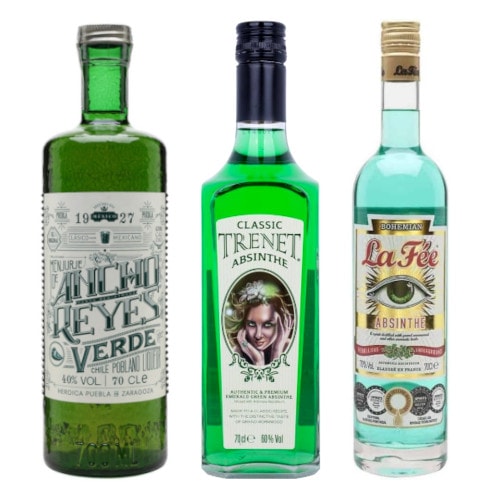
In the late 20th and early 21st centuries, we saw a resurgence of interest in absinthe. As countries re-evaluated and lifted their bans, a new generation was introduced to this historic spirit.
Modern absinthe distillers, while paying homage to traditional methods, also experimented with new techniques and flavours.
I must point out that today’s absinthe, while still containing wormwood, has regulated levels of thujone that are considered safe for consumption.
The myths of hallucinations and madness have been debunked, and the spirit has reclaimed its place in the pantheon of celebrated beverages.

Conclusion
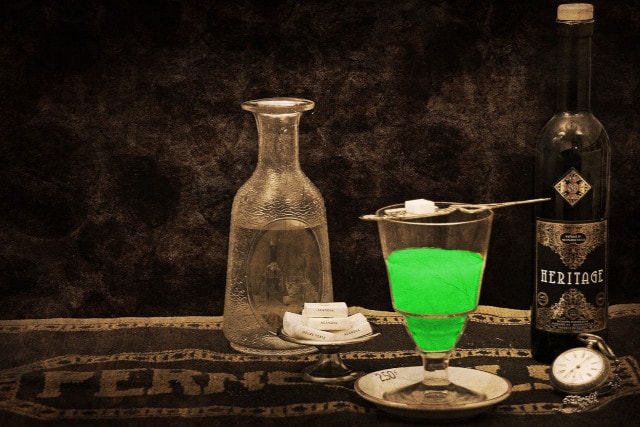
The history of absinthe is a testament to society’s ever-evolving relationship with alcohol. I found absinthe’s journey complex and intriguing, from its medicinal origins to its rise as the drink of choice for the Parisian elite, its subsequent demonisation, and its eventual revival.
Even to this day, the “Green Fairy,” with its tumultuous past, continues to enchant, fascinate, and delight drinkers such as myself; a timeless spirit in every sense.
If you are feeling a little bohemian, this is the drink for you, but it’s also worth trying the best absinthe brands to have a change from what you’re drinking and explore something new and fascinating.
References
| wikipedia.org/wiki/Absinthe |
| bonappetit.com/story/wtf-is-absinthe |
| wikihow.com/Drink-Absinthe |
| readersdigest.co.uk/a-brief-history-of-absinthe |

Further Reading
Below are some additional articles from The Drinks Geek blog. We write articles on several fascinating areas of drinks, including different brands, drink types, cocktail recipes and more.


